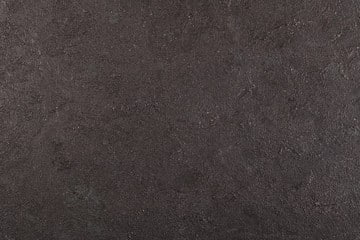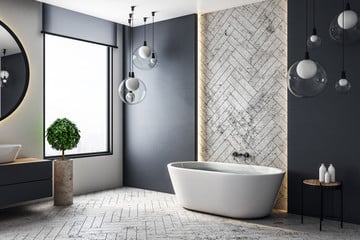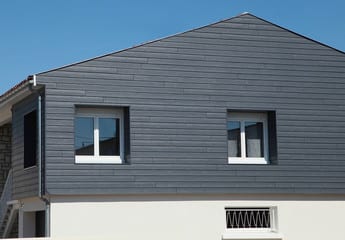Installing new gutters is an essential step when building or renovating a house. Gutters allow rainwater to be efficiently evacuated, thus preventing infiltration and water damage to your home. In this article, we will discuss the most commonly used materials for manufacturing gutters, as well as the installation techniques favored by professionals.
Popular materials for making gutters
There are various materials for making gutters, each having its own specificities and scope of application. Here are the main materials used in this area:
- PVC (Polyvinyl Chloride) : This material is very popular due to its low cost and ease of installation. PVC is weather resistant and does not require too much maintenance. On the other hand, it is less durable than other materials and can become fragile over time.
- Zinc : Zinc gutters are renowned for their longevity and strength, and offer excellent corrosion resistance. However, they require regular maintenance to maintain their aesthetic appearance.
- Aluminum : Light and strong, aluminum offers great durability as well as good corrosion resistance. Aluminum gutters are also available in several colors to suit the style of your home.
- Copper : Copper is a noble material, appreciated for its beauty and durability. However, copper gutters are more expensive than other options and require a specialist to install correctly.
Gutter installation techniques
Depending on the type of gutter chosen and the specific needs of your property, several installation methods can be considered:
Installation on strips or rafters
This technique consists of directly attaching the gutters to the strips around the roof, or to the rafters of the frame. This installation method is recommended for lightweight materials, such as PVC, and is more suitable for smaller homes.
Installation on fittings
In this method, the gutters are suspended from specific fittings, which are themselves anchored in the masonry or fixed to the frames. This technique offers better load distribution and is suitable for both light and heavier materials, such as zinc or aluminum.
Installation on hooks
Hook installation consists of fixing the gutters using metal hooks, which are held in place by staples or screws. This technique is particularly suitable for copper gutters, which require a stronger support to resist the weight and stress of the material.
Precautions to take when installing new gutters
The quality of the installation plays a determining role in the proper functioning and durability of your gutters. Here are some recommendations to ensure optimal installation:
- Check the evacuation slope : It is important to ensure that the gutters are inclined slightly towards the downspouts, in order to ensure good flow of water towards the drainage network.
- Position the joints correctly : The joints between the different sections of gutters must be placed correctly to avoid the risk of leaks and infiltration.
- Optimize the location of descents : It is essential to place downspouts in locations least exposed to bad weather to minimize the risk of obstruction.
- Favor compatible materials : To guarantee the durability and performance of your system, choose gutters and fixing elements whose composition and surface treatment are perfectly suited to your environment and your needs.
Installing new gutters requires technical skills and expertise. If you have any doubts about the installation method or choice of material, it is recommended to call a professional to assess the specific needs of your property and implement the solutions best suited to your situation.







